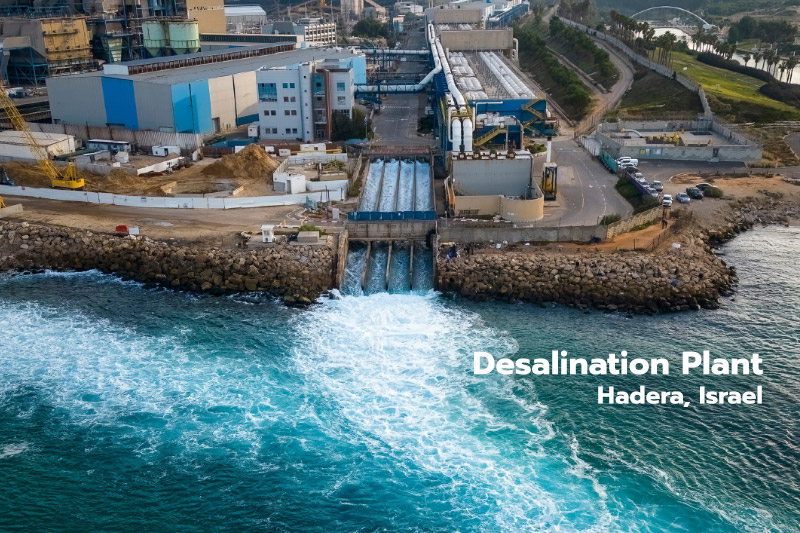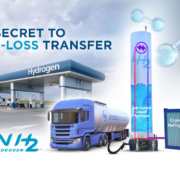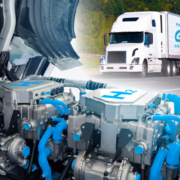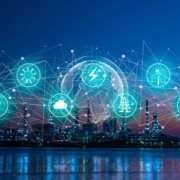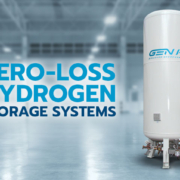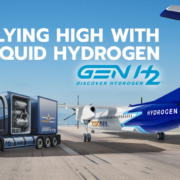Hydrogen Production in Water-Scarce Areas
By: GenH2 Staff
Read Time: 2 minutes
Being a key component for life on Earth, water is seen as one of our most precious resources. Its significance lies not only in its ability to sustain life but also in generating energy sources such as hydroelectricity. But with less than 1% of Earth’s water considered clean enough to drink, and even larger areas with limited water access, technologies such as desalination are being used to generate and provide clean water.
Desalination removes minerals and salts from seawater to provide fresh drinking water. Large-scale desalination projects capable of running on solar power, are already underway in areas with few or declining natural water sources, such as Saudi Arabia, Oman, and the United Arab Emirates. Along with providing clean water to these areas for human consumption, desalination can also help with hydrogen production.
As hydrogen, specifically in its liquid form, becomes more prevalent as a renewable energy carrier, ways to adapt its infrastructure based on resource availability are being assessed. One of the most sustainable ways of making hydrogen is a process called electrolysis, which uses electricity to separate hydrogen and oxygen from fresh water. This means that as its infrastructure expands, surplus desalinated water, in combination with the local abundance of solar power, can be used to make hydrogen once the local water demand has been met. Another option is to build dedicated desalination plants to purify water for hydrogen production. This can also lead to making distributed hydrogen infrastructure, which involves dispersed all-in-one systems that can produce, liquefy, and distribute hydrogen across localized networks. These options will let areas of water scarcity gain the benefits of locally produced hydrogen power while also having access to clean water.
With a newly found abundance of both water and hydrogen power, the quality of life in these regions will also start to rise. When using desalination and hydrogen technologies alongside each other, areas once considered barely habitable can be made into inspiring wonders of the future that attest to humanity’s resilience and innovation.
GenH2’s mission is to create infrastructure solutions for the liquid hydrogen value chain, focusing on the liquefaction and storage of hydrogen and accelerating widescale infrastructure rollout. To learn more about how GenH2 revolutionizes light-scale hydrogen liquefaction and storage, see our press release of the LS20 Mobile Liquid Hydrogen System!
